MEDELLIN, COLOMBIA - The words of Colombia’s most famous literary son, Gabriel Carcia Marquez, stir passion in the hearts and minds of all those who read his great works — just like his native land stirs the emotions of those who visit her.
Colombia is dark and mysterious, playful and naughty, and beautiful to the extreme. It, like Gabriel Carcia Marquez’s writing genre, is Magical Realism.
What makes Colombia “Magical” is its diversity, its people (maybe the politest in Latin America), its great cities — Bogota, Cartagena and historic Medellin which sits nestled in the lovely Aburra Valley — its unspoiled natural beauty, its glorious coffee regions, its pristine Caribbean beaches and its laid back lifestyle.
The “Realism” comes in the form of a country still dealing with a troubled past and in the faces of its hard working populace. And while some people are still taken aback when you tell them you’re going to Colombia, others glow with excitement at the mere mention of this most vibrant of all Latin American countries.
The past few years have seen a dramatic upswing in the number of travellers planning vacations in Colombia. It was only a decade ago that the total amount of tourists barely surpassed the 300,000 mark. Now, by the end of 2014, the number of international arrivals has grown to almost four million. In fact, tourism here is growing three times faster than the global average and Canadians, thanks to more lift into Colombia from major cities like Toronto and Vancouver, are leading the charge.
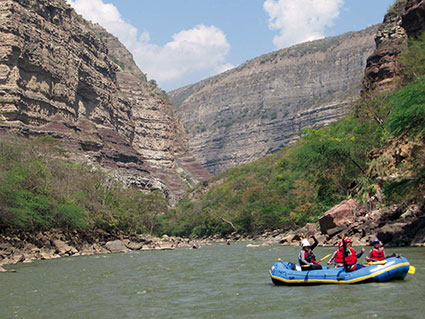
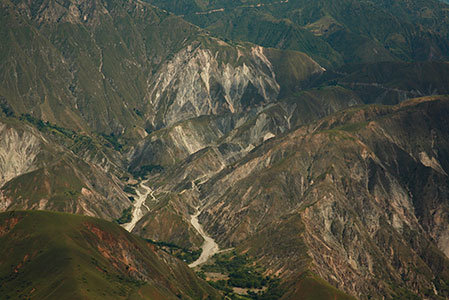
Left: Colombia is a paradise for outdoor enthusiasts. Right: National parks in Colombia offer many highlights.
Canadians and Colombia are a match made in tourist heaven. Hotels and resorts here are much cheaper than in other Latin American destinations and because it brushes up against the warm waters of both the Pacific Ocean and Caribbean Sea, it’s the perfect winter getaway.
For the more adventurous Canadian, Colombia offers many options, from bird watching — with over 1,800 species, Colombia stands as the No. 1 country in bird diversity in the world — to trekking along snow-capped mountains to paragliding over deserted canyons.
The Andean Region in central Colombia is known for hummingbirds and anteaters, while the Santa Marta Sierra Nevada, on the Atlantic Coast, is a preferred spot to observe small parakeet and antpitta. Other birdwatching areas include the Palmari Nature Reserve and Research Centre in the Amazon and the small town of Jardin.
Another adventure paradise in Colombia is El Cocuy National Park, a fascinating area where trekking and horseback riding in high altitude among 30 snow-capped mountain peaks is a must-do. The park is located near the Venezuelan border, in the north-east Andes range, about nine hours north from Bogota travelling by car. It covers 1,000 square miles of terrain and 15,000 vertical feet. There are different trekking packages available, guided by experienced park rangers who will keep you informed about the cougars, monkeys and condors hovering around the area.
El Cocuy National Park is located in the Boyaca region, which is rich in history and home to Villa de Leyva, one of the oldest settlements in the Americas and one of Colombia’s best known heritage towns. In Villa de Leyva you can visit archeological sites containing fossils dating millions of years, enjoy a traditional cup of hot chocolate and a slice of artisan cheese in one of the cafes on the main square, and shop at one of the many local artist shops offering high quality crafts.
The Santander region is Colombia’s unofficial adventure capital. It is home to the Chicamocha Canyon, a massive natural structure at 4,700 ft. above sea level with a depth of approximately two kilometres — deeper than the Grand Canyon. The 227 km-long Chicamocha River runs along the bottom of the fault.
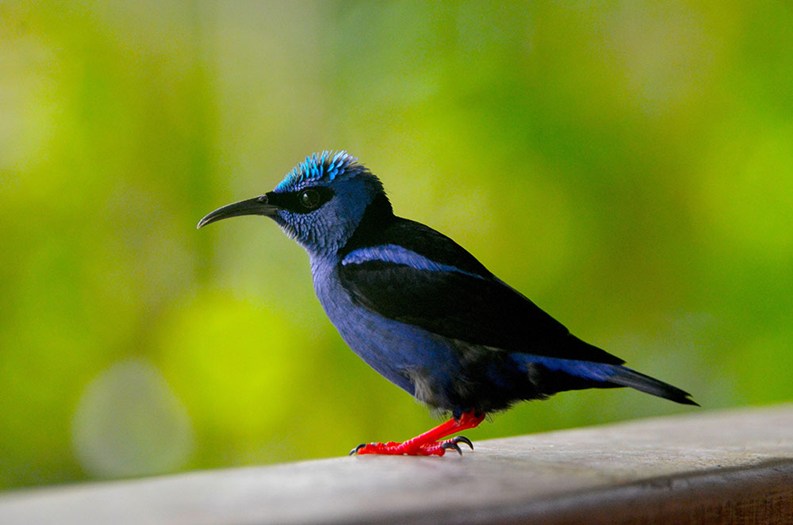
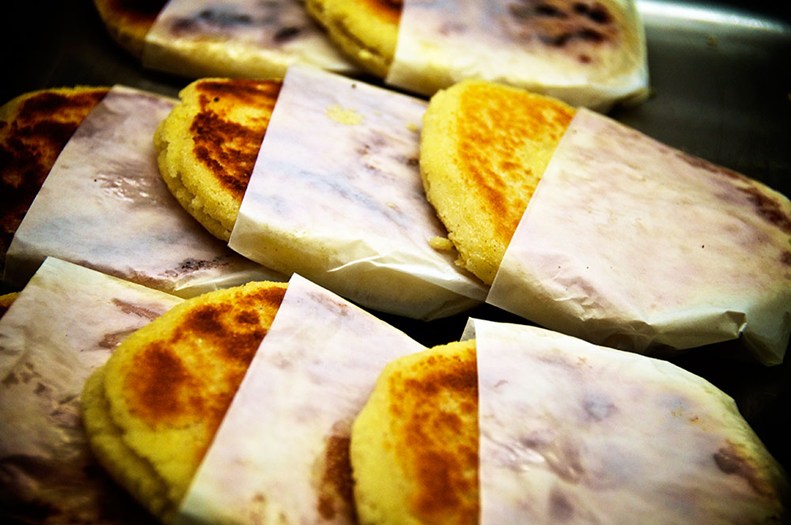
Left: Colombia is home to some of the most unique bird species in the world. Right: Colombians love to eat Arepa.
The scenery here is perfect for travellers with an adventurous heart. Among other things, you can go paragliding, zip lining, canoeing, white-water rafting, or fly by helicopter over the canyon.
To lower your heart rate you can visit the ostrich and goat reserves at the Chicamocha National Park, or head to the quaint heritage town of Giron, only one hour away. There you can relax and enjoy the local cuisine including “carne oreada,” a dish of chicken meat rubbed in spices and dried in the sun over days before serving.
Those looking for culture and history can find it in the network of picturesque Heritage Towns that date back to the 16th century — in most cases life has changed little in those remarkable places that seem frozen in time.
Santa Fe de Antioquia tops the list of those towns. Known as the “Mother City” it was the first capital of the Antioquia region and there you can walk through well-preserved churches, colonial houses, cobblestone streets and museums.
Food in Colombia may be the best in Latin America. The biggest challenge you’ll face is finishing the super-sized portions that are served at most restaurants.
Arepa, a flatbread made of ground maize, is one of the most popular snacks in Colombia but Deditos de Queso (cheese fingers) are a close second. Empanadas and Chicharrones (pork rinds) along with Papas Rellenas (stuffed potatoes) are also popular.
Coffee, obviously, is the national drink and Colombians can’t get enough of the dark brew — they drink Tinto (a small expresso-size cup) every hour and Tinto carts dominate just about every street corner in major cities.
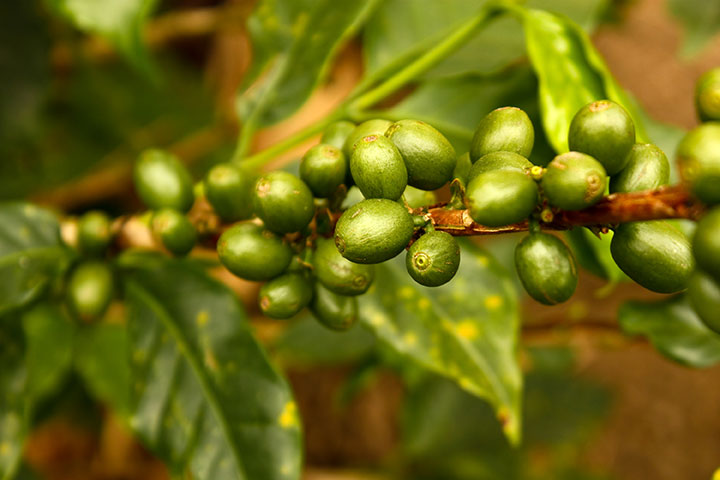
Above: Coffee is what Colombia is known for but most Colombian don't drink coffee.
Deemed the “Happiest Country in the World” in 2013, Colombians are very proud and patriotic and they walk around carrying their national emblem on keychains, bags, wallets and even jewelry.
Medellin is a prime example of how Colombia has shed its past and is looking towards a prosperous future. Buoyed by being named “Innovative City of the Year” in 2012 for its urban ingenuity, the city has transformed itself into a model that many other cities around the world are now copying.
Magical Medellin has overcome its problems of connecting its poor and rich regions with a series of gondolas and giant escalators that shuttle once deprived citizens from steep mountainside homes to jobs and schools in the more developed valley below. Travel times have been cut from two hours to just a few minutes and now all of Medellin feels the benefits of its remarkable renaissance.
A new subway system has eased pollution in Medellin and investment in new museums, cultural centres, libraries and schools has enriched all those who live in this ancient city which dates back to 1616.
A stable national government, a vibrant economy and a bounty of natural treasures has put Colombia back on the tourist map — and it’s here to stay.
Information
For more information about travelling to Colombia, visit www.colombia.travel / The easiest way to get to Colombia from Canada is to fly to Bogota direct from Toronto, via Air Canada. The flight is under 6 hours. Copa, Avianca, Delta, American Airlines and United all fly from Canada to Colombia connecting through the U.S. or Central America. Copa and Avianca also offer flights to other major Colombian cities with only one stop from Canada.